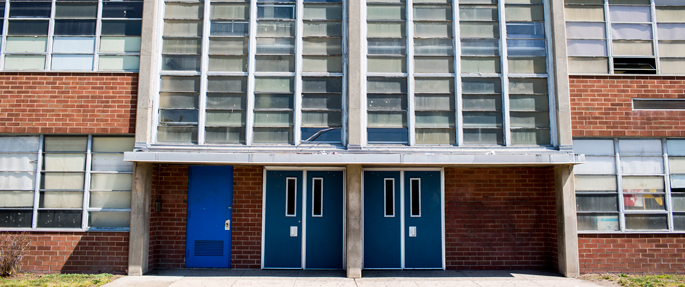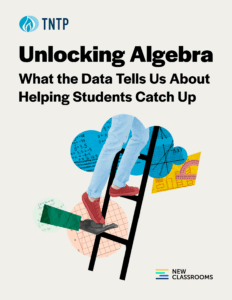Now that New York State has announced results from its more rigorous, Common Core-aligned tests in math and reading, the focus has largely been on the precipitous drop in proficiency rates. More pointedly, the focus has been on who can be blamed for the drop.
I doubt I’m the only person who finds this whole exercise disheartening. This is a moment when New York is finally getting something right that has been wrong for quite a long time, and instead of supporting the leaders who made tough calls, we are forced to listen to relentless political attacks claiming a disaster.
Let’s keep a few points in mind before we dive into the muck.
- First, New York has done exactly what it promised to do, and the results are what everyone expected: Led by state education commissioner John King and his team, New York introduced more rigorous standards that are better aligned to the Common Core standards and did so earlier than other states. This plan has been in the works since the state’s Race to the Top application several years back. The drop in scores is not a surprise, nor is it more extreme than had been predicted. (Kentucky had a similar experience in 2012.) Only in New York would a completely unsurprising and expected event become fodder for tabloid headlines and press releases.
- Second, lower student proficiency rates do not necessarily reflect lower performance—they reflect a higher, more accurate and more meaningful standard for proficiency. People of good will can debate where that standard should be set, but I think there’s good evidence to suggest the new standard more accurately reflects a student’s readiness for college and the workforce. In the past, a large number of students deemed proficient on New York’s tests were in fact unready for the challenges of higher education. Is it unwise or unfair to tell students and their parents where they actually stand against college ready standards? Students and families deserve this crucial information, not misleading passing grades that mask learning gaps.
- Third, there’s no shortage of people using the scores for partisan purposes. Some of the loudest critics of the new state tests are the same people who complained of inflation in the old ones but now seem to be making a U-turn. It hardly seems fair to condemn the state for allowing the tests to be too simple and then to condemn the state again when it moves to remedy that issue. Likewise, many of New York City’s mayoral candidates have been clumsily eager to seize upon the scores for short-term political advantage—not exactly the kind of leadership anyone would like to see from people who soon could control the city’s education system.
- Fourth, the new tests are better, not simply more difficult. They are intended to improve on well-documented weaknesses in the old tests such as item predictability and a lack of higher order thinking. It’s too early to say whether those goals have been accomplished, but we can’t ignore that dimension. The state deserves credit for seeing the need for change. It sought to make tests worth taking.
Moments like these matter. The new results hold a great deal of information that can help schools and teachers shape instruction in the new school year. New York now has a more accurate picture of student performance. We have a long way to go. But instead of rushing to the battlements, we should be applauding the state’s work and figuring out how the next iteration can be smarter and more productive.







